(featured image at top of this post courtesy of Pete Rosos of 2812 Photography: source)
One of my favorite artists and biggest inspirations passed away last August. Throughout her life, Ruth Asawa stayed true to her artistic purpose in spite of a myriad of obstacles. A prolific artist, she created an amazing body of work and was the epitome of perseverance. Here’s are three reasons why you should know this important figure in 20th century art and design:
Her Vision
Ruth’s impact on modern design has been profound but under-acknowledged. She learned traditional basket weaving techniques during a stay in Mexico in 1947 and used these skills in her innovative wire sculptures.
Her combination of clean lines with organic textures and patterns, as seen in her wire sculptures, can be found everywhere in modern design today, from the white vases that made Jonathan Adler famous:
to many of the products in the West Elm catalog:
We take the “West Elm aesthetic” for granted; it’s just what modern design looks like today. But when Ruth pioneered her wire weaving techniques, that wasn’t the case. She combined many different points of view—modern mid-century with traditional craft skills—to take a risk and alchemize something completely new, different, daring and beautiful.
Her Perseverance
Ruth and her family were interned during World War II in a Japanese-American concentration camp. She faced this same bigotry again after the war when she could not finish her teaching degree because no school would take on a student teacher of Japanese ancestry. After leaving the teaching program, she moved forward by enrolling in Black Mountain College to study art, closely interacting with 20th-century greats like Joseph Albers, Buckminster Fuller and John Cage. The ugly prejudice she encountered at a very young age did not defeat her; instead, she ventured forward to forge a life of art, education, family and public service.
Her Ability to Integrate Motherhood with Her Career
Ruth Asawa had six children. Six children! Google Ruth Asawa and look at her prolific output of artwork—sculptures, drawings and public art throughout San Francisco. Not to mention that she also helped co-found the Alvarado Arts Workshop for children in 1968 and build a public arts high school in 1982. I don’t really know how she did all this and still managed to mother her children; I wish I could have asked her before she passed away. But when I feel overwhelmed trying to balance my work with the needs of my daughter (and I have only one child), I remember Ruth and know that somehow, I can do it too.

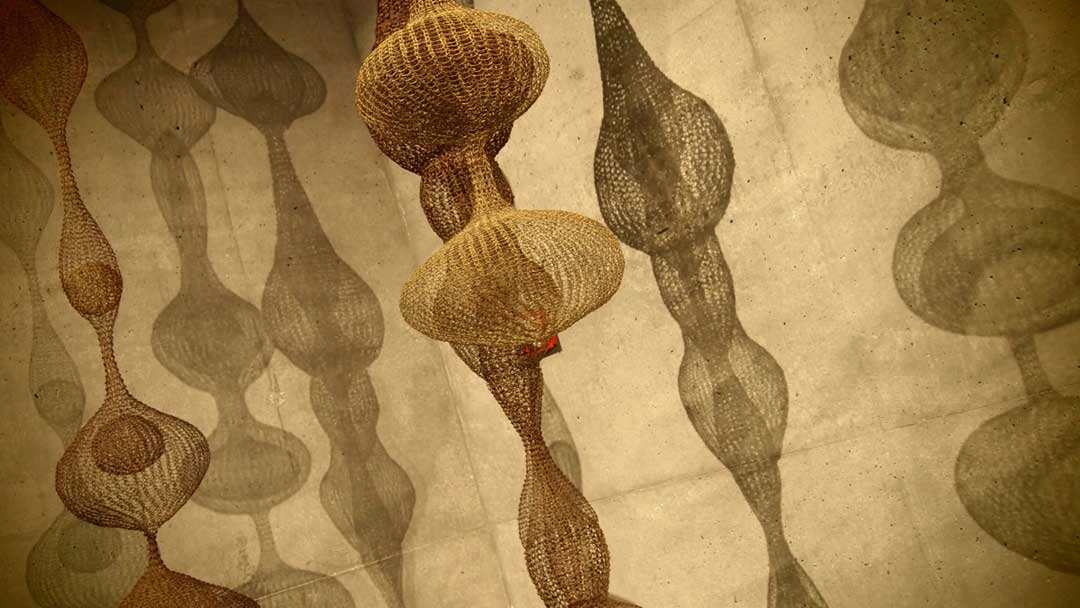
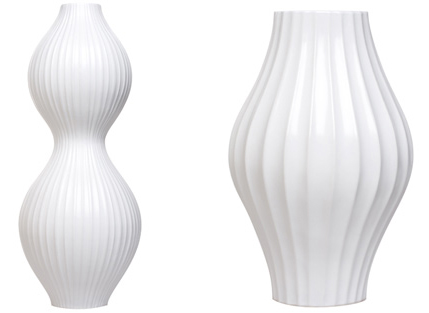
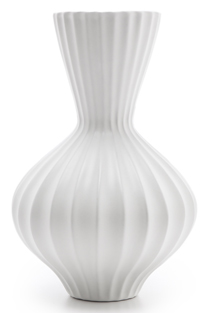
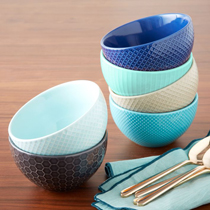
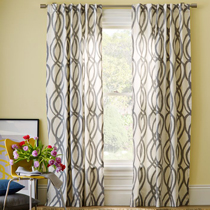
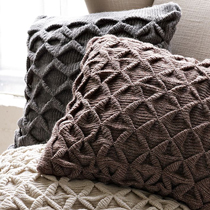
 I create burned wood engravings that combine my love of the textures and patterns found in nature with a deep interest in the unconscious world of dreams, symbols and mythic folklore.
I create burned wood engravings that combine my love of the textures and patterns found in nature with a deep interest in the unconscious world of dreams, symbols and mythic folklore. 